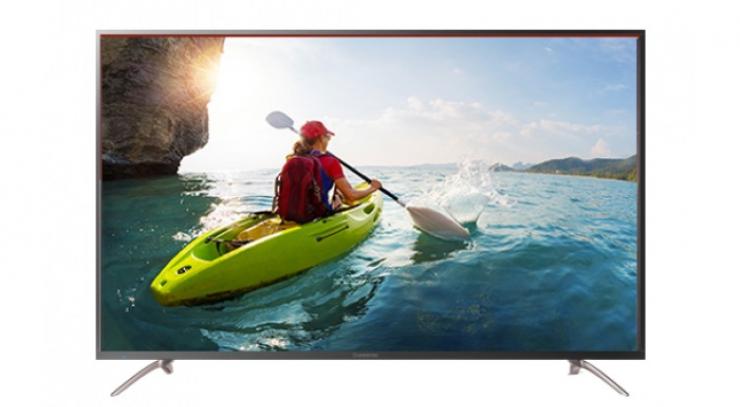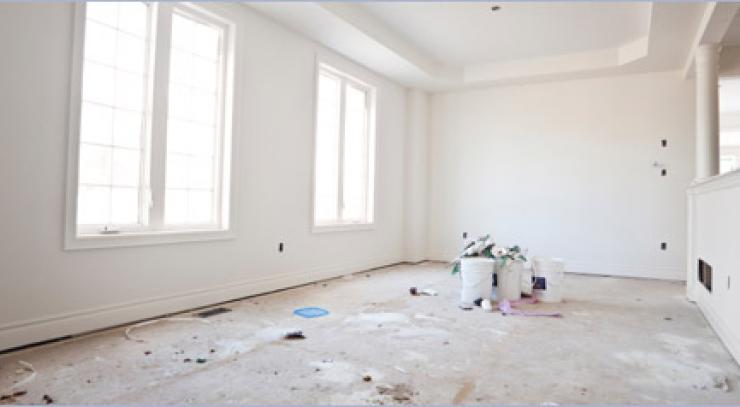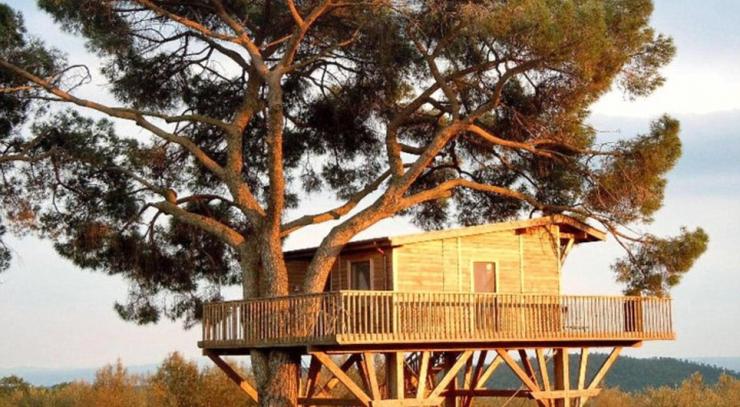When opening or renovating a retail store, the design and layout of the space can greatly impact the success of the business. A well-designed store can draw in customers, encourage them to spend more time browsing, and ultimately lead to increased sales. This article will serve as a beginner's shop fitouts guide to creating an effective and attractive store design, covering topics such as store layout, lighting, signage, and merchandising strategies. By understanding these key elements, you can create a retail space that not only looks great but also maximizes your business's potential.

Shop Fitouts
Importance of Effective Shop Fitouts:
An effective shop fitout is essential for any retail business. A well-designed store can create a positive and memorable customer experience, leading to increased foot traffic, longer browsing times, and higher sales. In addition, a well-planned retail space can improve staff productivity and reduce operational costs. By investing in a high-quality shop fitout, you can ensure your store is visually appealing, easy to navigate, and tailored to your target market.
#. Store Layout and Design:
Space planning: When planning your store layout, it's essential to consider the available space and how it can be best utilized. This includes considering the size and shape of the retail space, as well as any architectural features such as columns, walls, or windows. Start by creating a detailed floor plan, taking into account the placement of fixtures, displays, and furniture. This will help you visualize your store and ensure that the space is used efficiently.
Traffic flow: The way customers move through your store is crucial to their overall experience. A well-planned traffic flow can encourage browsing and increase the likelihood of impulse purchases. To create a smooth traffic flow, arrange fixtures and displays in a way that guides customers through the store. Consider using a loop or racetrack layout, which encourages customers to walk through the entire store and exposes them to a wider range of products.
Product placement: Strategic product placement can greatly impact sales. Place high-demand items and best-sellers in prominent locations, such as near the entrance or at eye level on shelves. Group related items together to encourage cross-selling and upselling. Additionally, regularly rotate products and displays to keep the store looking fresh and engaging.
#. Lighting:
Ambient lighting: Ambient lighting sets the overall tone and atmosphere of your store. Choose a lighting level that complements your brand and creates a comfortable environment for customers. For example, a cozy boutique may use dim, warm lighting, while a modern tech store might opt for bright, cool lighting.
Task lighting: Task lighting is used to illuminate specific areas or tasks, such as reading product labels or trying on clothes. Use task lighting in areas where customers need additional light, such as fitting rooms or checkout counters.
Accent lighting: Accent lighting is used to highlight specific products or displays, drawing attention to key items or promotions. Use accent lighting to create focal points throughout the store and showcase featured products.
#. Signage:
Exterior signage: Exterior signage is crucial for attracting customers and establishing your brand. Choose a sign that is visible, easy to read, and consistent with your brand's aesthetic. Consider using illuminated signs or digital displays for added visibility.
Interior signage: Interior signage helps customers navigate your store and find the products they're looking for. Use clear, concise signage to label product categories, departments, and promotions. Ensure that signs are easy to read and consistent with your store's branding.
Wayfinding signage: Wayfinding signage helps customers navigate your store with ease. Use directional signs to guide customers through the store and to key areas such as fitting rooms, restrooms, and exits. This will improve the overall customer experience and encourage browsing.
#. Merchandising Strategies:
Visual merchandising: Visual merchandising is the art of displaying products in a way that is visually appealing and encourages sales. Use a combination of product arrangement, lighting, and signage to create eye-catching displays that showcase your products and promotions.
Window displays: Window displays are an essential aspect of visual merchandising, as they are often the first impression customers have of your store. Create engaging, dynamic window displays that showcase your products and entice customers to enter your store.
Promotional displays: Promotional displays are used to highlight sales, special offers, or seasonal items. Use bold signage and strategic product placement to draw attention to these displays and encourage impulse purchases.
#. Common Mistakes to Avoid:
1. Overcrowding your store with too many products or fixtures, makes it difficult for customers to navigate and find what they're looking for.
2. Poor lighting that makes it hard for customers to see products or creates an uninviting atmosphere.
3. Inconsistent branding and signage, leading to customer confusion and a lack of brand recognition.
4. Neglecting visual merchandising and failing to create engaging eye-catching displays.
Conclusion:
Creating an effective and attractive store design is essential for any retail business. By considering aspects such as store layout, lighting, signage, and merchandising strategies, you can create a retail space that not only looks great but also maximizes your business's potential. Remember to avoid common mistakes and invest in high-quality shop fitouts to ensure your store is visually appealing, easy to navigate, and tailored to your target market. With careful planning and execution, you can create a store that attracts customers, encourages browsing, and ultimately leads to increased sales.





















